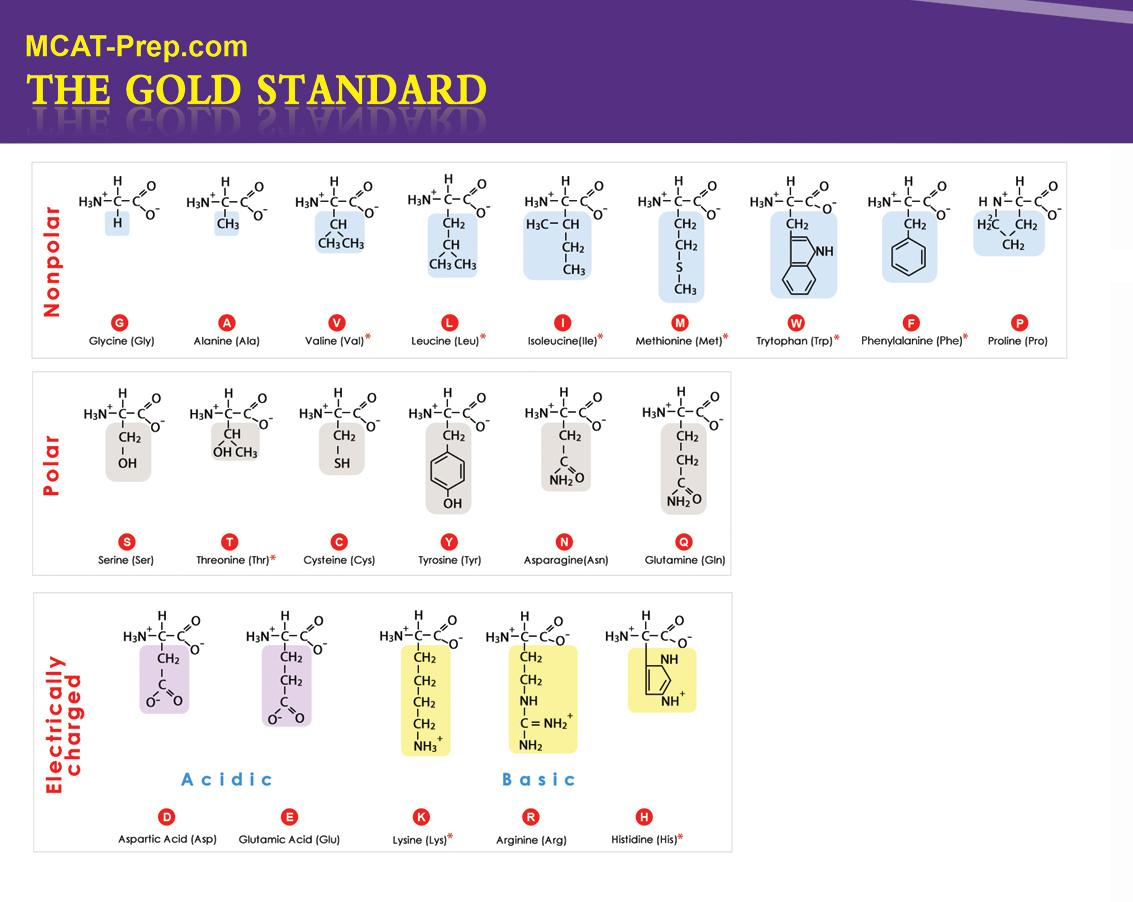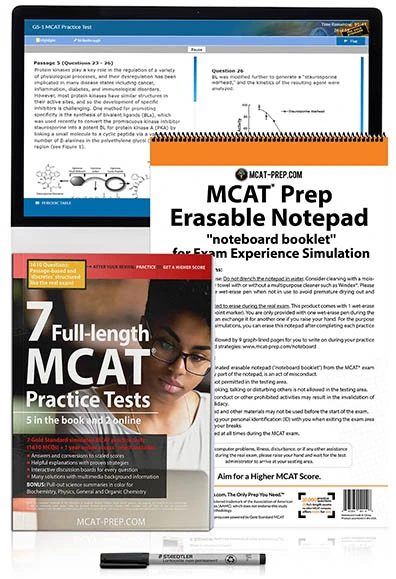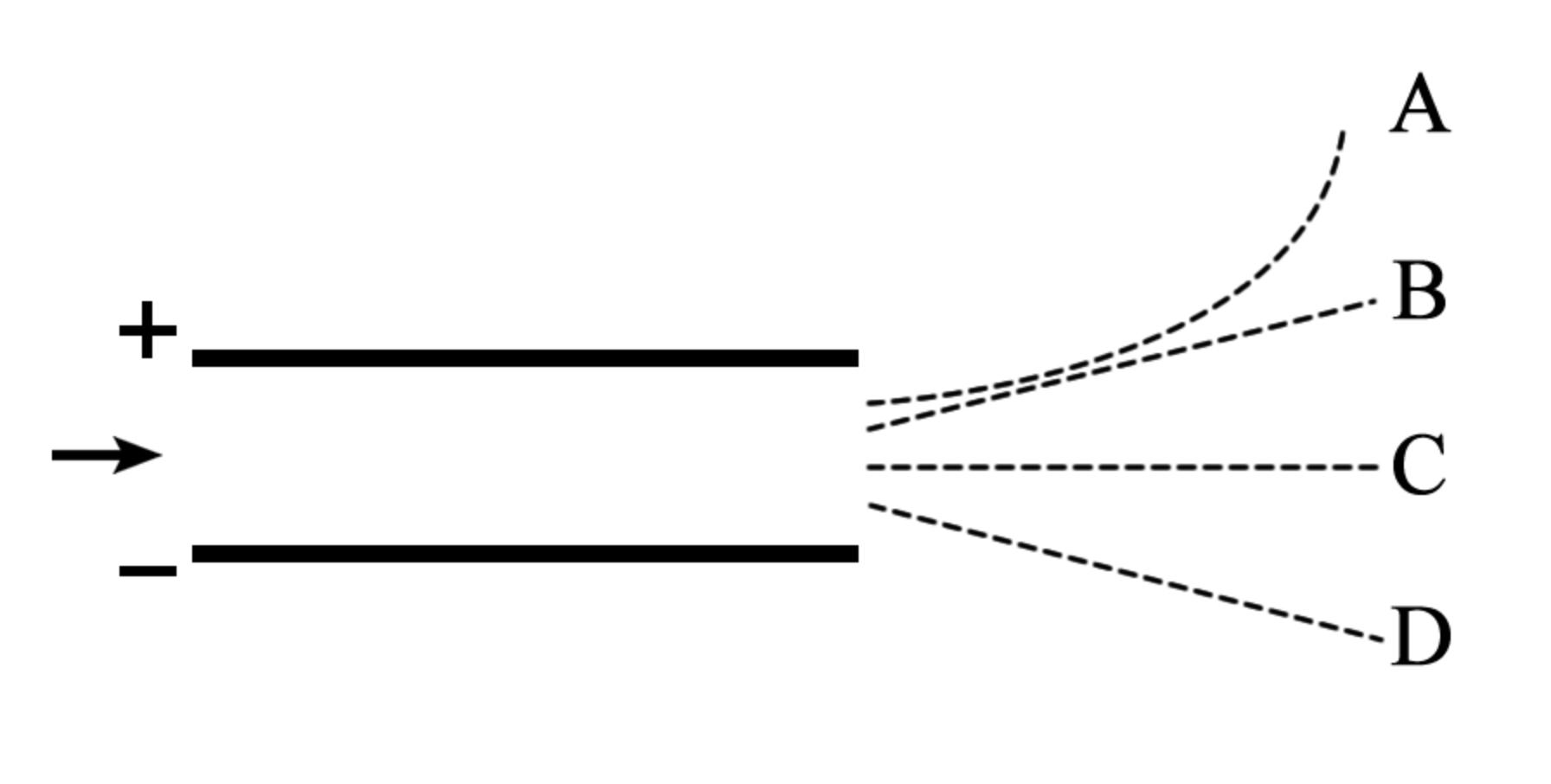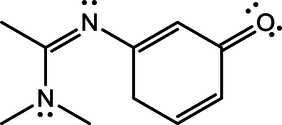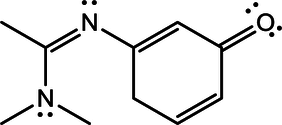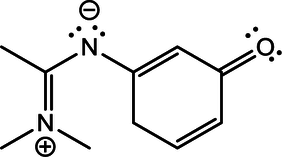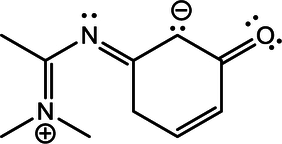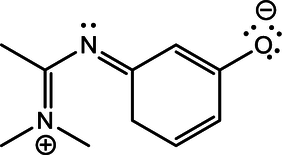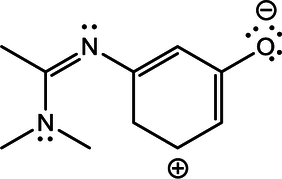MCAT Sample Question 1: Biology/Biochemistry
Apoptosis is the process of programmed cell death that can occur in multicellular organisms. The
proteins involved in apoptosis are associated with pathways for cell cycle arrest and DNA repair. These processes
are mostly regulated through the interplay of various proteins involved in feedback loops including some of the ones
shown in Figure 1.
Figure 1: Feedback loops forming a regulatory network affecting apoptosis, cell cycle arrest and DNA repair. (Bioformatics Institute)
According to Figure 1, CDK2 activity would most reasonably increase due to all of the following
EXCEPT:
Correct Answer:
D
Explanation
Notice the key in the figure which will
allow us to follow each arrow that stimulates the next protein and each symbol for negative feedback
which means there will be some downregulation (amount/concentration goes down). [Notice a key step in
the diagram: p21 inhibits CDK2]
Degradation of p21 implies that the concentration of p21 in its active form goes down. The diagram
shows that p21 has a negative influence on CDK2. In other words, when p21 is high, CDK2 goes low. But in
our instance, p21 is low (degraded) so this allows CDK2 to rise unchecked.
High cyclin G concentrations: From the bottom of Figure 1, we can see that high cyclin G leads to high
mdm2 and low p53 (notice carefully, when we leave mdm2, there is only one place to go in the diagram because
all the other symbols are pointing to mdm2 and only one symbol is pointing away). Note that we used the most
direct route to get to CDK2 as the question used the words “most reasonably”. Low p53 means low p21 which we established
will lead to a rise in CDK2.
A mutation in the gene that produces PTEN: The great majority of mutations will result in an ineffective gene product
or none at all. Thus we have a decrease in PTEN which will lead to a rise in PIP3 (if you are unsure, think of what happens
if PTEN goes up, then PIP3 must go down because of the negative feedback symbol), rise in AKT, rise in mdm2, decrease in p53
which we already established means an eventual rise in CDK2.
High p53 concentrations: clearly we get the opposite of the above, meaning a decrease in CDK2. High p53 stimulates p21 which
has a negative feedback on CDK2.
MCAT Sample Question 2-3: Biology/Biochemistry
The red bread mold Neurospora crassa grows well on a cultural plate with "minimal"
medium which is a fluid containing only a few simple sugars, inorganic salts, and vitamin. Neurospora that
grows normally in nature (wild type) has enzymes that convert these simple substances into the amino acids necessary
for growth. Mutating any one of the genes that makes an enzyme can produce a Neurospora strain that cannot
grow on minimal medium. The mutant would only grow if the enzyme product were to be added as a supplement. On the
other hand, if a "complete" medium is provided, containing all required amino acids, then Neurospora would
grow, with or without mutation.

Figure 1: A synthesis pathway for the amino acid arginine. Each gene in italics in the
diagram produces one enzyme necessary for the synthesis of this essential amino acid required for growth.

Table 1: Growth response of mutant strains in "minimal" media with supplements as
indicated. Growth is indicated by (+), and no growth is indicated by (-).
Question 2
According to the information provided, a conclusion that can be made with certainty is that
neither mutant strain P nor Q have the defective enzyme:
Correct Answer:
C
Explanation
You should recognize that enzymes typically end with –ase and
so you can see that the figure provided indicates the 3 enzymes that are catalysts for the three reactions as shown. Now let’s
reinterpret the question: if neither P nor Q have a defective enzyme X, that suggests that both P and Q have a functioning enzyme
X (the other interpretation is that they have no enzyme but that is not consistent with the data in the table provided).
The information in the table shows a (+) symbol in the last two columns indicating that both P and Q are able to convert
argininosuccinate to arginine (see Table 1). This necessarily means that both P and Q have a functioning enzyme argininosuccinase (see Figure 1).
Going Deeper: More about the 1 gene, 1 enzyme hypothesis and the importance within a metabolic pathway. Let’s consider some
hypothetic examples using Figure 1 but no longer considering Table 1 so we can explore other possibilities and their consequences.
For example, let’s say that Mutant# 1 couldn't make ornithine. So, the gene that makes the enzyme for ornithine synthesis must
have been mutated. If ornithine is added to the media, citrulline and then arginine would be made and Mutant# 1 could grow.
Similarly, consider a genetic mutation in Mutant# 2 affecting the enzyme that makes the arginine precursor citrulline. Adding
citrulline as a supplement complements the mutation and drives arginine synthesis to completion. And consider a genetic mutation #3 affecting the final step of arginine synthesis — the conversion of citrulline to arginine. By adding arginine as a supplement, the mutation is complemented (like a ‘work around’) and Mutant# 3 could grow. With each mutated gene, only one step of the metabolic pathway is affected. Therefore, one gene is responsible for one enzyme or protein (of course, it’s a little more complicated because some genes are responsible for polypeptides which combine with other polypeptides to form a functioning protein).
Question 3
Experiments using the two mutant strains P and Q, reveal that strain P accumulates citrulline,
but strain Q does not. Which of the following statements is most consistent with the data provided?
Correct Answer:
D
Explanation
On the Surface: In the previous question, we established that the
enzyme argininosuccinase must be functional for both strains and that means that argH is not defective (no mutation) for
either P or Q. Thus any answer choice suggesting an argH mutation is incorrect.
Strain P accumulates citrulline. This means that the synthetic pathway was working up to citrulline but then was blocked
from progressing. This means that the next step in the production line, the gene product from argG, is not functional
(mutation). Thus we have our answer.
Going Deeper: Strain Q: no accumulation of citrulline means that there must be a blockage before that point, so given the
information presented, argF must have a mutation meaning ornithine accumulates. Adding ornithine: no growth and it accumulates. Adding citrulline, no growth because there must ALSO be an argG mutation. This is consistent with adding something after the argG step/mutation, argininosuccinate, resulting in growth. Thus strain Q has must have 2 mutations in the synthesis pathway shown.
Would you like more MCAT practice questions with helpful explanations? Sample questions on MCAT practice tests can be acquired for free or for as little as $10 each.








